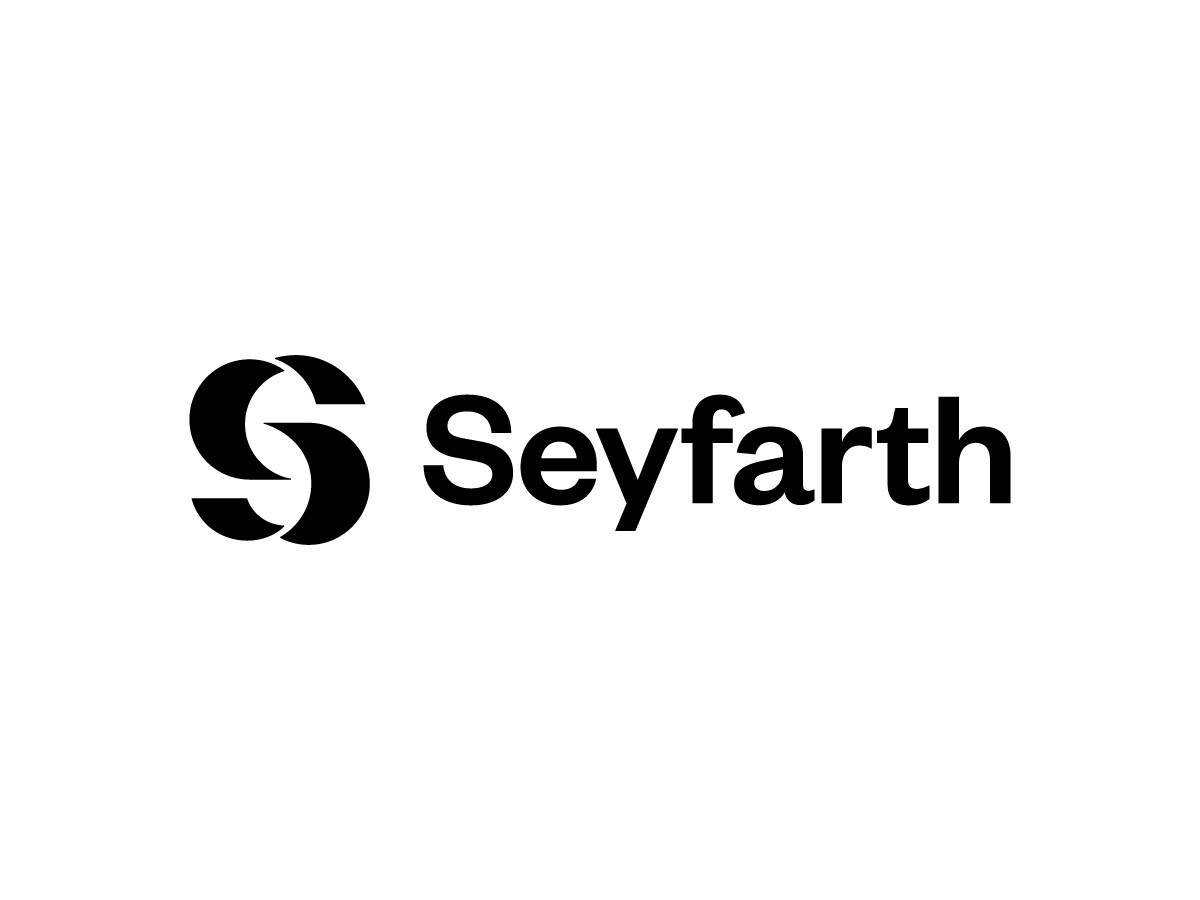Synopsis of Seyfarth: The IRS has issued final regulations, under TD 9937, which generally adopt the proposed rules for qualifying plan loan offsets issued last year, with an amendment relating to the effective date. Plan administrators should be prepared to assess whether their systems can properly track qualifying plan loan offsets, which must now be specifically identified in any Form 1099-R distributed to an employee.
Background
Many defined contribution plans require that an unpaid loan balance be immediately repaid by a member upon certain events, such as plan termination, a request for a distribution, or the termination of a member’s employment. Failure to repay the balance on time results in default of payment. Once in default as a result of one of these events, a participant’s account balance is offset (or reduced) by the amount of their outstanding loan balance in settlement of that remaining loan balance. This compensatory amount is treated as an actual distribution from the plan – rather than a “deemed distribution” – and is subject to the traditional distribution tax rules.
Participants can avoid these tax rules by deferring the compensation amount to a qualifying retirement plan, which includes another employer-sponsored defined contribution plan or an IRA, where permitted. Historically, the standard 60-day rollover period applied to plan loan compensation. However, effective January 1, 2018, the tax code was amended by the Tax Cuts and Employment Act 2017 to provide for an extended rollover period for a type of plan loan compensation called ” Qualified Plan Loan Compensation ”or“ QPLO ”. A QPLO is a plan loan compensation that occurs under a defined contribution plan only because of:
- Termination of an eligible defined contribution plan, or
- Termination of employment, associated with compensation that occurs within 12 months of the employee’s termination date.
As part of the extended rollover period, a participant may defer all or part of the OPQ at any time up to the due date of the participant’s federal income tax return, including extensions, for the year in which the OLQ was distributed. A plan loan compensation amount that is not an OLPQ, but which constitutes an otherwise eligible distribution, may still be deferred by a member or a surviving spouse; however, the standard 60 day rollover period applies.
For example, suppose a participant ends their employment with an unpaid loan balance of $ 10,000 and a 401 (k) account balance of $ 50,000. If the participant elects to receive a distribution of her account balance immediately after her termination date, she will receive a cash payment from her net account balance of $ 40,000, which is her account balance less the outstanding balance. of the loan. Although the plan issued a check for only $ 40,000, the plan will report an actual distribution of $ 50,000 on the member’s Form 1099-R. In order to avoid having to pay taxes and potential early withdrawal penalties, the participant can defer the amount of $ 40,000 within 60 days of its distribution under the general rollover rules. In addition, in order to avoid the imposition and potential penalties on the compensation of $ 10,000 of eligible plan loan, the participant would be responsible for funding and deferring this additional amount of $ 10,000 before the due date. of its tax return, with extensions, for the year of distribution.
The IRS released draft regulations in August 2020 that addressed the extended rollover period associated with QPLOs and sought comments.
The final settlement
The final regulations mostly reflect the draft, with one key change related to their effective date. Specifically, the final regulations apply to distributions made on or after January 1, 2021. The IRS said this review gives plan sponsors time to review the administration of the plan and update their systems to track plan loan offsets, termination dates and a member’s one-year period. anniversary date of termination. This is especially important because QPLO distributions must be separately identified on Form 1099-R from tax year 2021 (i.e. Form 1099-R filed in January 2022).
For reporting purposes, 1099-R forms are required to distinguish between QPLOs and other plan loan offsets. Plan loan compensation other than a QPLO is reported in box 7 of Form 1099-R as an actual distribution, rather than a deemed distribution. However, if the plan loan compensation is a QPLO, box 7 is marked with the code “M”.
Considerations for plan administrators
- Communicate the appropriate rollover deadline to participants based on the type of compensation (i.e. a standard plan loan compensation subject to the 60-day rollover requirement versus a QPLO subject to the prolonged bearing).
- Confirm whether the current administration can identify a Standard Plan Loan Compensation against a QPLO to ensure box 7 of Form 1099-R is coded correctly.
- Update plan lending procedures and other documents, summary plan descriptions and relevant plan documentation as necessary.
You can read the full rules here, which were published in the Federal Register on January 6, 2021.

